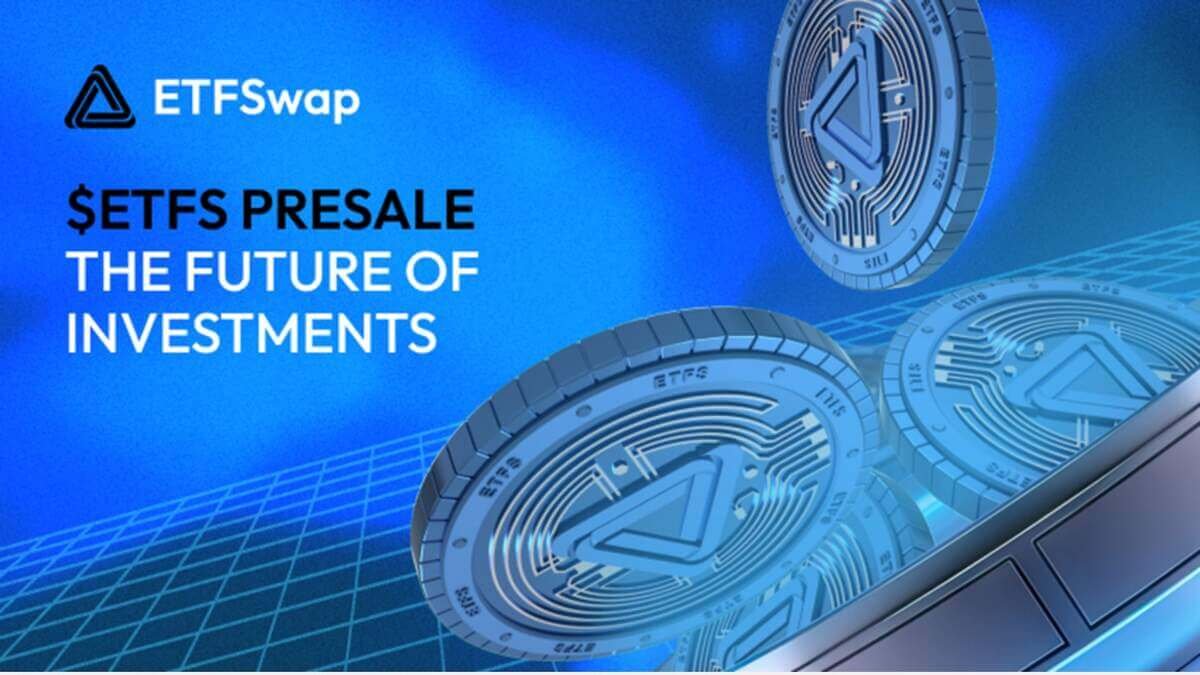Best Cryptocurrency Companies with the Highest Fees


Key Takeaways
- Cryptocurrency transaction fees are generated when you buy, sell or move cryptocurrency from one address to another.
- Since there tends to be a correlation between transaction fees and project success, these transaction fees can be a measure of the growth and vitality of a cryptocurrency project.
- Increasing fees can mean a great cryptocurrency investment, so here is a list of the best cryptocurrency companies with the highest fees.
Cryptocurrency networks charge fees when you buy, sell, or move cryptocurrencies. These fees help prevent spam, support blockchain security, and support platform development. Fees are how cryptocurrency companies make money.
Fees vary depending on the network (sometimes per transaction) and are usually calculated based on urgency, data size, and complexity. For example, complex transactions on Ethereum (e.g. payments to multiple wallets) cost more than simple transactions (single wallet).
For cryptocurrency investors, Fees are an important measure of a company’s success.. This is one of the most important metrics for identifying promising cryptocurrency investments because it equates to the profits of traditional companies. (Other metrics are daily active users, price, and market capitalization. See more details here.)
In this guide Best Cryptocurrency Companies with the Highest Fees.
Top 5 Cryptocurrency Investments by Fees
Ethereum
Think of Ethereum as a “world computer” that can run shared applications. Ethereum users pay transaction fees, known as gas fees, to use their computers (i.e. to perform transactions on the Ethereum network). The more people who use Ethereum, the more fees the network generates.
As you can see in the chart below, Ethereum fees have remained relatively stable over the past year (except for March 2024, when Ethereum completed its Dencun upgrade).
Especially during large events, Ethereum gas fees can be prohibitively high due to network congestion. This is why layer 2 solutions are gaining popularity. By moving some of this work to alternative blockchains, transactions are recorded on Ethereum in a more cost-effective manner.
In the long run, this L2 is good for Ethereum as it reduces fees and increases transaction speeds. But in the meantime, some of Ethereum’s fee revenue is consumed by L2. (See our investor guide to Layer-2 here.)
tron
Like Ethereum, Tron is an open-source decentralized blockchain that can execute smart contracts and run decentralized apps (dApps).
Tron generates a fee every time a transaction is performed, and the cost is determined by energy, bandwidth, and transaction type.
In February 2024, Tron’s fee revenue hit an all-time high of $1.8 million due to Tron’s regular token burn events, which saw over 12 million TRX tokens removed from circulation. Transaction fees are still collected on the Tron network, but a portion of those fees are used to regularly purchase and burn TRX tokens, reducing supply and theoretically increasing the value of TRX.
bitcoin
Bitcoin is the OG cryptocurrency. Bitcoin fees are measured in satoshis per byte. Here, Satoshi is the smallest unit of Bitcoin and is calculated based on transaction size and user demand for block space. Transaction fees are paid to encourage miners to verify transactions on the blockchain.
As you can see in the graph below, Bitcoin experienced a surge in fees in March and April 2024. On April 20, Bitcoin transaction fees reached their all-time average of $128, coinciding with the fourth Bitcoin halving and the launch of Runes. A new protocol that allows users to create fungible tokens on the Bitcoin blockchain. However, in the following months, as demand for runes decreased, fees dropped significantly.
Lido Finance
Lido Finance is a liquid staking protocol on the Ethereum blockchain that makes it easier for users to stake ETH and receive rewards. (See our Lido investment guide here).
Lido charges a flat 10% fee split between node operators and the DAO treasury. Fees may be changed by the DAO pending a successful vote.
Lido Finance fees have remained relatively similar over the past year, with a brief surge in March-April 2024 coinciding with a surge in token prices. However, Lido’s network fees experienced their biggest spikes in March and May 2023, when investors were finally able to withdraw their staked ETH.
Uniswap
Uniswap is a decentralized exchange protocol that uses liquidity pools and automated market makers (AMMs) to facilitate peer-to-peer trading. (See our investor guide to Uniswap here.)
Uniswap charges a fee for every trade, which is distributed proportionally to the pool’s liquidity providers. As you can see in the chart, fees skyrocketed in April 2024 when transaction fees increased from 0.15% to 0.25%. This increase will cover potential legal costs and provide long-term funding for continued development.
The relationship between fees and project success
Fees are often directly tied to the success of a cryptocurrency company.
Fees can be an important indicator of the utility, demand, and long-term stability of a blockchain project. Fee generation is evidence of product/market fit because it shows that users are willing to pay for the services provided by the cryptocurrency company.
Additionally, protocols that generate significant revenue from fees are more likely to be stable over the long term because they have a demonstrable revenue stream to support growth and operations.
As an investor, fee analysis can help you rise above speculation by providing a solid foundation for cryptocurrency valuation. Studying fee increases or decreases can help you identify overvalued or undervalued cryptocurrency projects, allowing you to make more informed investment decisions.
Investor Implications
For individual investors, it is best to avoid fees whenever possible. (See our guide on how to avoid cryptocurrency fees.)
However, when we are looking for a good cryptocurrency company to invest in, fees are one of the most important indicators.
In most cases, the fees are good. This shows that people are willing to pay for the platform. However, keep in mind that fees can be a barrier, especially for smaller transactions. This could indicate network congestion, which is an ongoing problem for Ethereum and elsewhere.
Before investing in a cryptocurrency project, it is a good idea to research trading fees and how they may increase or decrease. And stay subscribed to the Bitcoin Market Journal newsletter to learn more about which cryptocurrency projects are earning the most fees.



